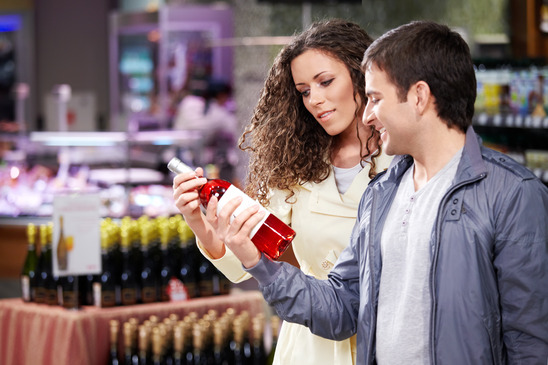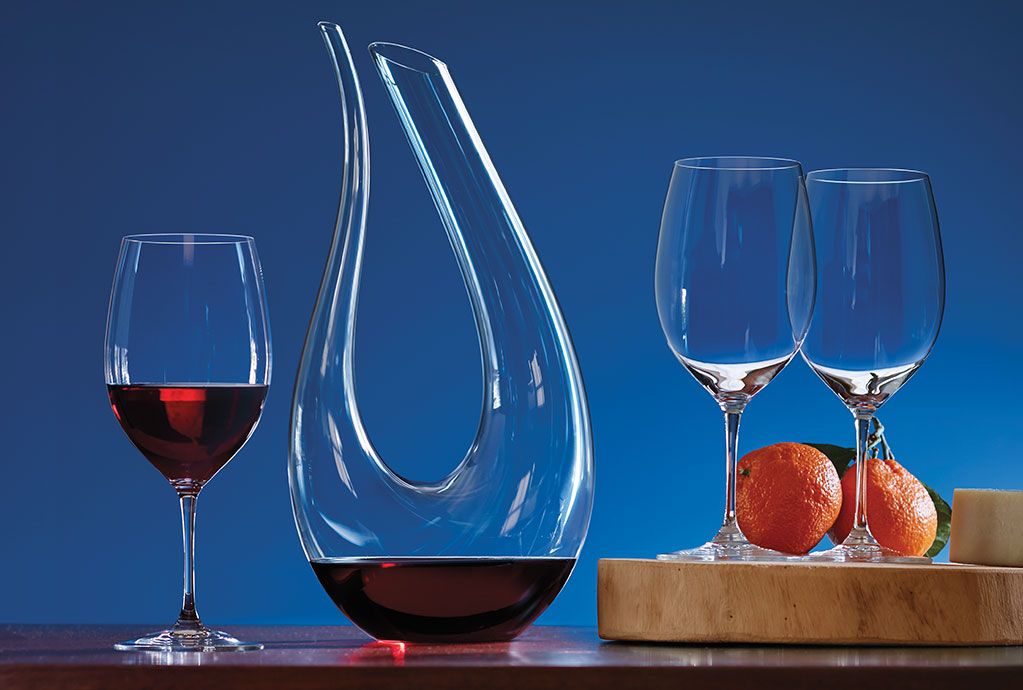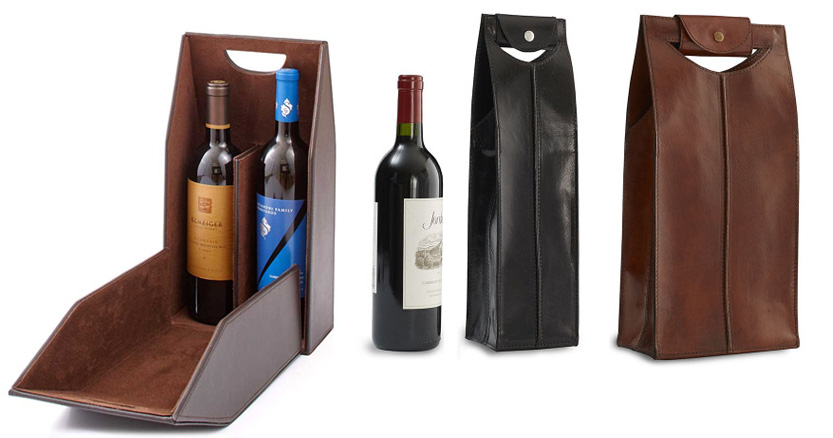
With so many different varietals and styles in the global wine market, sifting through the myriad of options can start to feel like a chore. Whether you already have an idea of which wines you’ll pair with tonight’s multi-course dinner or are just starting to explore the differences between New World and Old World styles, a good starting place is to ask the staff for assistance.
Wine store staff usually knows their inventory inside and out and can help you select a terrific wine. They may be able to recommend a particularly great vintage from your favorite region or even introduce you to a varietal you’ve never tried before. Don’t hesitate to ask for help; most staff will be excited to share their knowledge and help you find the perfect bottle.
Whether you’re in a rush between appointments or stopping in to browse the aisles, follow these three tips the next time you’re shopping for wine to get the most out of your experience — and to take home a bottle you’ll really love.

1. Know what flavors you like (and don’t like)
Even if you don’t know exactly what you want in a wine, think about what flavors you generally prefer or are in the mood for. Are you a big fan of blackberries and chocolate? Are pears your favorite fruit? Odds are you can find a wine with these flavor profiles. It’s also a good idea to get a wine aroma wheel and practice identifying the flavors in your glass.
There are all sorts of great ways to expand your wine knowledge and get to know what you like. Attend free tastings, study up and be mindful about what you’re tasting. When you shop, you’ll be able to request something with flavors that you already enjoy.

2. Brush up on your wine lingo
If you come armed with a few keywords of wine lingo, the staff can better help you find something you love. Brush up on these terms before you shop to describe what you want:
-
Dry: A common misconception is that dry refers to the puckering feeling you get in your mouth from some red wines (that’s caused by tannins). Dryness actually means that there is no notable sugar left after fermentation. The majority of wines on the store shelf are dry, such as Pinot Grigio, Merlot, Pinot Noir, Chardonnay and many other better-known varieties that are not sweet to taste.
-
Sweet: This means there is sugar left in the wine. Sweet, non-dessert wines are generally lower in alcohol because they were not allowed to fully ferment. As a tip, if you like just a hint of sweetness, ask for something “off-dry.” Sweet wines include varietals like Gewurztraminer, Moscato, late harvest Riesling and White Zinfandel.
-
Tannic: Tannins are found in skins and seeds of grapes and can leave your mouth with a parched, dry feeling. If you do not like a tannic wine, be careful to be specific, rather than asking for a “non-dry red” because you might end up walking home with a sweet dessert wine. Particularly tannic red wines can include Cabernet Sauvignon, Malbec and Syrah. Low tannin reds include Pinot Noir and wines from France’s Beaujolais region, which are usually made from Gamay grapes.
-
Fruity: This is an important distinction to make from “sweet.” If you like juicy flavors, but not sugar in your wine, ask for “fruit-forward” options. Fruity but dry reds can include Merlot, Zinfandel and Australian Shiraz. Fruity but dry whites can include Sauvignon Blanc and Viognier.
-
Floral: Similarly, many white wines may have a floral, perfume-like quality that the brain can misread as sweetness. Though there’s no sugar left over, but if you don’t like sweeter flavors, you might want to avoid floral varieties. Gamay and Frappato are good examples of floral (but dry) red wines, whereas Moscato and Gewurztraminer (which come in both dry and sweet versions) are good examples of floral white wines.

3. Give details about the occasion
The occasion matters for several reasons, so be sure to tell your salesperson what you’re buying the wine for.
Is the wine for a simple hangout with friends? A picnic in the park? Will it be accompanying a meal? Is it a gift for someone whose tastes you don’t know very well? All of these will help narrow down the best wine to take home.
The good news is that where wine tasting and shopping are concerned, practice makes perfect! The more mindful wine tasting you do, the better you’ll get at discerning what you do and don’t like, which will yield more interesting wine purchases. You’ll be the guest everyone wants to invite to dinner.
Are you already the go-to wine shopper in your social circle? Share your own shopping tips and tricks in the comments!
About the author: Rebecca Cox is a Chicago-based actress, wine lover, and wine shop-girl. Check out her blog Chicago Uncorked to follow her thoughts on wine tasting, enology, viticulture and wine in the Windy City.
OK, this article was legitimately helpful for me. Even though I am 29 and drink my fair share of wine, I have never been that adept at confidently ordering or buying it. I feel like I’m on the right track now!
– AnneMarie